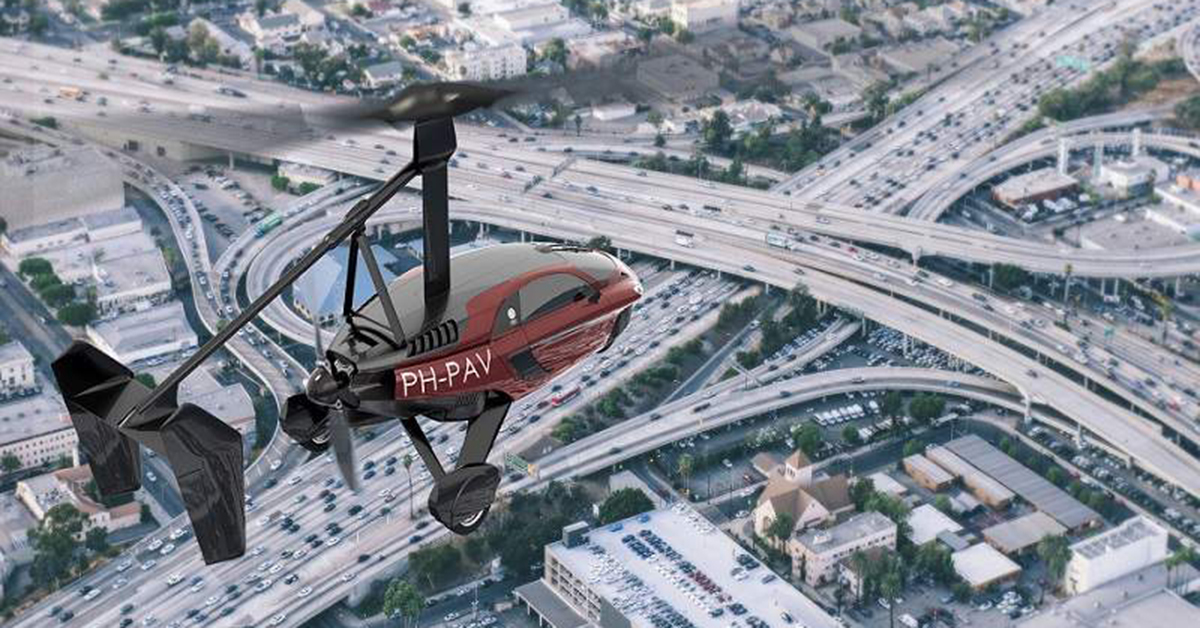European Regulatory Framework is Ready for Emerging Technologies

19 May 2021
Europe’s current regulatory framework is capable of integrating emerging aviation technologies, although it will have to address its capacity to accommodate the increasing workload expected in the coming decades, while also meeting the region’s new sustainability objectives, and ensure the industry’s current safety levels, according to EBACE Connect panelists in the session “From Testbed to Business – Is the Safety Regime Ready for New Technologies?”
“This is a very interesting time for aviation from an innovation perspective,” said Joachim Lücking, head of unit for aviation safety in the directorate-general for mobility and transport of the European Commission, or DG MOVE. “We are seeing developments in all areas from new forms of propulsion to vehicles and this innovative spirit is very important because it is the only way that we will be able to tackle the challenges that the aviation industry is facing, particularly the sustainability challenge … which will require not only new engines and airframes but also new materials, new production processes, new operating schemes and new pilot requirements,” he noted.
“I would argue that the regulatory framework is fit for purpose and that we can accommodate the necessary changes, obviously subject to further refinements and modifications,” Lücking added.
Member of the European Parliament Marian-Jean Marinescu, who is the EPP Group’s coordinator on the Committee on Transport and Tourism, also believes the European regulatory framework is prepared for the dramatic changes expected in aviation, from advanced air mobility to decarbonization.
“If we look to the past, new technologies were implemented very quickly and without major problems,” he told panel moderator Robert Baltus, chief operations officer at EBAA. “We have new engines that are producing fewer emissions, we have new wings that provide less fuel consumption, we have a new system for tracking planes all over the globe and we have implemented new landing procedures, all without producing any problems.”
This optimism is shared by Robert Dingemanse, CEO and co-founder of PAL-V International, which is close to certifying its Liberty flying car, although he added one important caveat. “In general, the framework works; it takes time, about 10 years, but it works,” Dingemanse said. However, he warned, “The main challenge is not the framework, it is capacity. For the regulatory side to really be able to deal with all the innovations, we must realize that we may have to triple the capacity to stay ahead of the other industry blocks, like China and the U.S.
“We have an opportunity in Europe to be one of the big leaders in advanced air mobility, but we must ensure that there is enough capacity on the regulatory side,” Dingemanse added.
Regulators also must ensure emerging technologies maintain aviation’s current high level of safety, said Lücking. “Society simply will not accept new technologies if they do not offer the same level of safety that we have come to expect from aviation,” he noted.
“Overall, the regulations in place can accommodate innovation while guaranteeing safety. Certification of the first electric aircraft is a very good example,” Lücking added. ”We have been able to certify this plane even though the rules were written in a pre-electric age. We have been able to deal with all these challenges by using the existing rules in a flexible way.”


